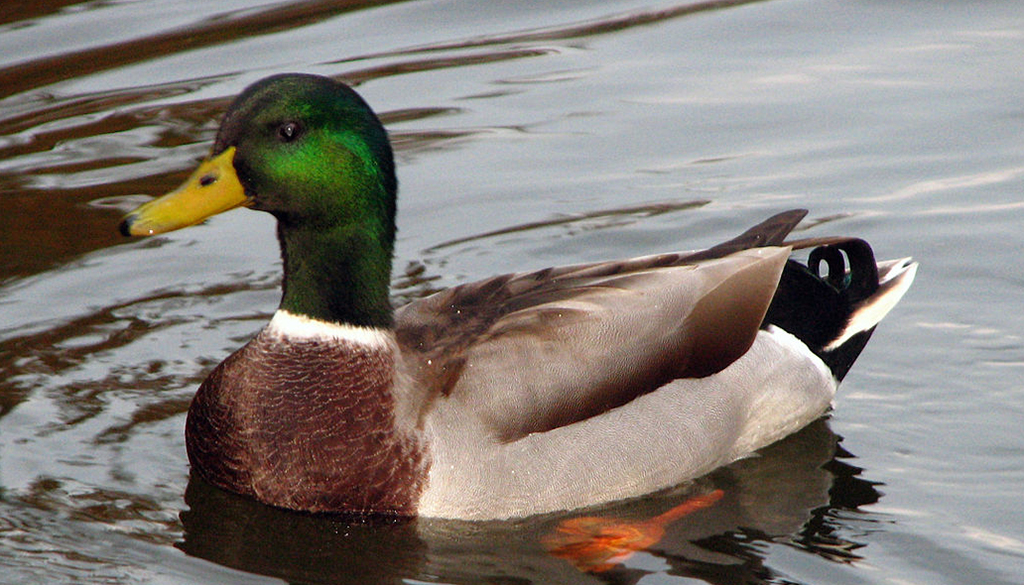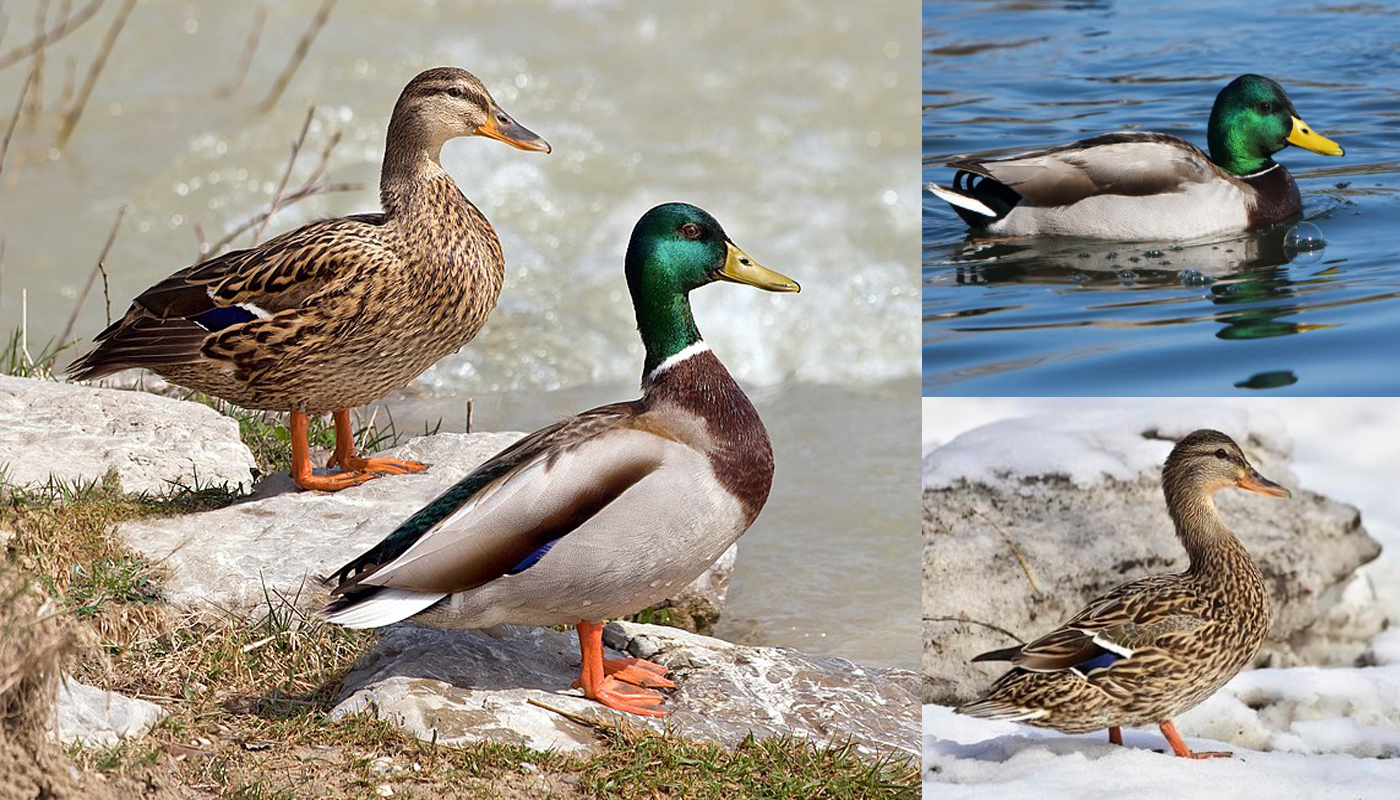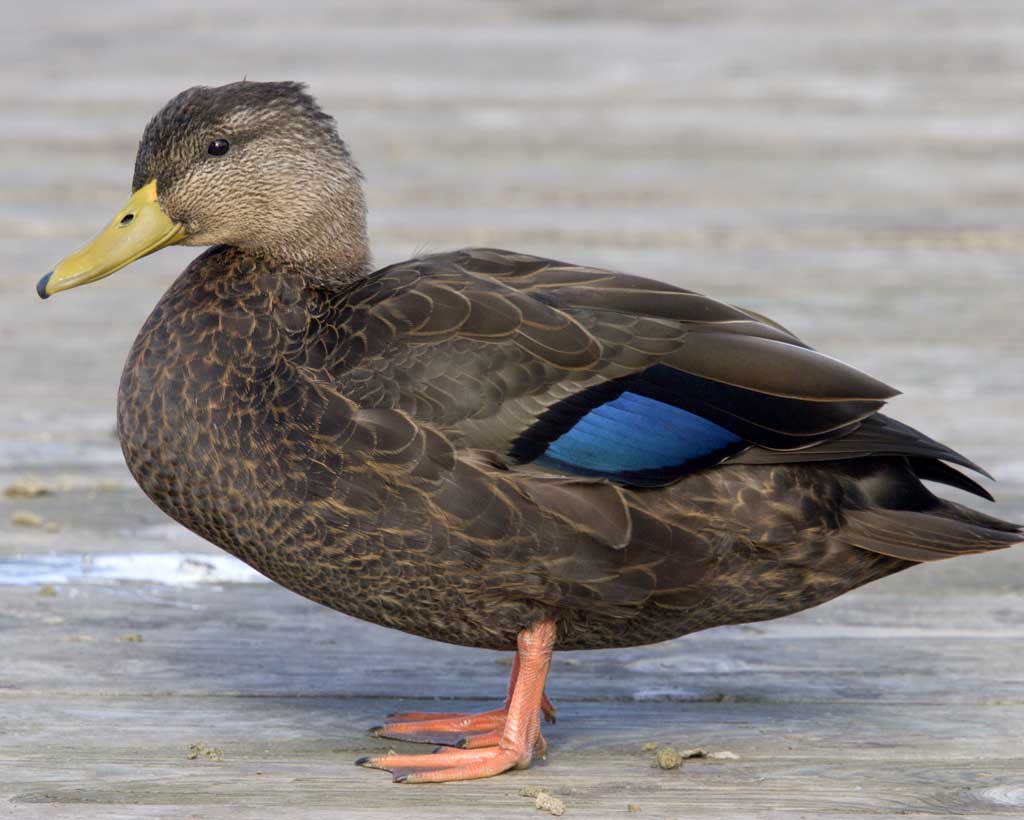
The Saxony duck is a relatively new addition to the domestic duck breed. Bred primarily from the wild-type of Mallard ducks. Their coloring is very similar to that of the muted Mallards and they have the same smooth, tight feathering in light colors. These ducks are prime egg layers as well as excellent meat ducks.
Being quite friendly and excellent foragers make them quite low maintenance and therefore an excellent starter duck for the first-time duck owner. They also make good show birds and nice backyard pets for a family.
GENERAL INFORMATION |
|
|---|---|
| Country of Origin: | Germany |
| American Poultry Association: | yes Recognized by the American Poultry Association |
| Duck Category: | Heavy Breed |
| Duck Class: | German |
| Colors: | Buff-Blue Mallard, Date of acceptance: 2001 |
| Other names known by: | Le Canard de Saxe (France) and Sachsen Enten (Germany) |
| Good starter duck? | They make a good starter duck as they are low maintenance, friendly and very inquisitive |
| You may Also Like: | TOP 10 GOOD STARTER DUCK BREEDS |
| Bantam Variety Available? | No |
| You may Also Like: | 10 BEST BANTAM DUCK BREEDS |
APPEARANCE / IDENTIFICATION
| DUCK BITS | DESCRIPTION | COLOR | |||||||
|---|---|---|---|---|---|---|---|---|---|
| EYES⇒ | Same for M & F | Black | |||||||
| BILL⇒ | Medium to short | Yellow | |||||||
| Straight with a *Black bean tip at the end of the bill. | |||||||||
| Ear Lobes⇒ | Normal | Same as Feathers | |||||||
| Small, feather-covered holes behind the eyes | |||||||||
| CRESTED? | No | ||||||||
| LEGS⇒ | Wide Apart | Bright Orange | |||||||
| Wide apart and far back on its body. Gives the body a boat shape. | |||||||||
| FEET⇒ | Small | Bright Orange | |||||||
| Thin membrane webbed feet | |||||||||
| WINGS⇒ | Not very long | Same as the body | |||||||
| Do not fly very well being a heavy duck | |||||||||
| FEATHERS⇒ | Soft tight | Buff-Blue mallard | |||||||
| One of the prettiest of duck breeds | |||||||||
| SKIN COLOR⇒ | – | White | |||||||
| AVERAGE WEIGHT⇒ |
|
||||||||
| *Bean: This is also called the nail. It is a small round bump found at the end of the duck’s bill. It is used for defence and to catch insects. It is almost like a fingernail and is damaged can grow back. It can also get overgrown much like fingernails if they do not have something to grind it down on. | |||||||||
| ** Note: This is an average weight for the male duck and not a guaranteed weight | |||||||||
USE/PURPOSE |
||||||||||||||||||||||||||||||||||||
|---|---|---|---|---|---|---|---|---|---|---|---|---|---|---|---|---|---|---|---|---|---|---|---|---|---|---|---|---|---|---|---|---|---|---|---|---|
Females/Hens⇒ |
Dual Purpose mainly shows, meat and eggs + Breeding. They have a more upright stance and long bodies with light buff color feathers from her head right through her body. With a white strip across each of her eyes.
|
|||||||||||||||||||||||||||||||||||
Males/Drakes⇒ |
Meat, exhibition + Breeding. These males are exceptionally beautiful. They have a deep grey almost blue head. A white neck ring adorns their silver-grey neck and breast feathers which have a dusting of a rust color across its. His wings and body feathers are a muted grey color.
|
TEMPERAMENT |
|
|---|---|
| “They make a beautiful, kind and gentle addition to any flock.” | |
| Good with Kids? | Yes, they are good around supervised kids |
| You may Also Like: | 10 BEST DUCK BREEDS TO KEEP AS FAMILY PET |
| Flyers? | As they are heavy they do not fly very well and most do not even attempt to fly. |
| Noisy Birds? | They are not very noisy birds especially the males. |
| Interact with other ducks? | Most every breed of duck is sociable and will get along with other ducks. |
| Best duck breeds to mix them with: | Saxony will get along with most domestic breeds of duck |
| Other animals? | Most ducks are not too fussed with other animals. I would watch dogs and cats around them though. |
IDEAL ENVIRONMENT |
|
|---|---|
| “They are very adaptive birds but will need a nice duck house and pond or medium-sized splash pool close to them.” | |
| Ideal Garden Size? | They are adaptive to most environments |
| Can be Confined? | They are not worried about being confined. |
| Free-Range | A good free-ranger but will have to be taught to go back home at night |
| Penned Free-Ranging? | They do not mind a closed penned off area to waddle and paddle in |
| Foragers | Saxony ducks are excellent foragers |
| Endures heat well | Most ducks will take the heat as long as they have a cool clean dipping pond |
| Endures cold well | They do not mind the cold as long as they have some warm shelter to snuggled down in |
| Special Requirements? | A low maintenance duck |
| Ideal Duck House: | Depending on the size of the flock a normal duck house with bedding and security from predators. |
| Ideal Duck Pond: | A medium-sized plastic kiddies pool or small shallow pond |
| Flock/Paddling Size: | Their needs to be at least two of them. |
| You may Also Like: | 22 Best DOMESTIC DUCK BREEDS |
GOOD TO KNOW |
|
|---|---|
| “There are no many of this breed of duck left in the world. It is a good chance to help revive an incredible breed.” | |
| Special Care/Attention Requirements? | Very hardy and self-sufficient, if you let them be, duck breed. |
| Known Predators: | Check with animal control in your area for known predators |
| Conservations Status: | Common For more information on poultry, conservation status, check the American Livestock Conservancy Website |
| Breeders Clubs: | It is best to check with the American Poultry Association for various clubs and or organizations. |
| Where to buy them: | Check with Metzer Farms, Purely Poultry or check with your local poultry dealers and or farmers, the APA or check with the American Livestock Conservancy |
| Other: | If you do not want to risk having your ducks shipped check with your local poultry farms for advice on your nearest supplier. |
HISTORY
Albert Franz was the developer of the Saxony domestic breed of duck. He developed them in the 1930’s in the Free State of Saxony. The breed was developed by the crossing of duck breeds such as the Blue Pomeranian, Rouen and German Pekin ducks.
The Saxony was first introduced to the public at the Chemnitz Altendorf in 1934. During World War II Albert Franz nearly lost the entire Saxony flock but was able to recover the breed after the war from the remaining birds.
The birds were only officially recognized in East Germany in 1957. And in West Germany in 1958.
They were introduced to Switzerland in 1965, France in 1968 and in the United Kingdom in 1982.
America received their first Saxony ducks in 1984 and they were accepted into the Standard of Perfection by the American Poultry Association in 2000. The Saxony were first imported into America by the Holderread Waterfowl Farm.
There are not many of the beautiful ducks left and they need breeders to help get their population numbers up.
In 2013 Germany recorded having around 1172 bird’s countrywide. Whilst in America the Saxony duck breed is listed as threatened by the American Livestock Conservation.
Health
Most ducks are quite hardy with hardly any health issues. It is a responsible thing to do, however, to check that the ducks have been vaccinated and kept up to date. As a heavy duck, they will need their feet checked for problems such as Bumblefoot.
- Ducks need water to ensure they do not get “wet feather” disease. This is where the preening gland dries out. Water also stops them from getting pests such as mites, fleas, ticks, lice, etc.
- Well, fed ducks should hardly have any health issues.
- Any birds kept in a flock need to be dewormed. Although ducks are not as prone as other poultry they should still have a de-worming regime. Speak to a local vet or poultry experts for advice. Our article on Healthy Ducks has some great tips and advice on de-worming ducks.
 The Best Wild Ducks for Meat Production
The Best Wild Ducks for Meat Production Mallard Duck Breed – Everything You Need to Know
Mallard Duck Breed – Everything You Need to Know American Black Duck – Wild Dabbling Duck Breed
American Black Duck – Wild Dabbling Duck Breed Wood Duck – Wild Dabbling Duck Breed
Wood Duck – Wild Dabbling Duck Breed Muscovy Duck Breed – Everything You Need to Know
Muscovy Duck Breed – Everything You Need to Know Indian Runner Duck Breed – Everything You Need to Know
Indian Runner Duck Breed – Everything You Need to Know American Wigeon – Wild Dabbling Duck Breed
American Wigeon – Wild Dabbling Duck Breed Domestic Duck breeds that are or are Fast Becoming Quit Rare
Domestic Duck breeds that are or are Fast Becoming Quit Rare Gadwall – Wild Dabbling Duck Breed
Gadwall – Wild Dabbling Duck Breed Swedish Blue Duck Breed – Everything You Need to Know
Swedish Blue Duck Breed – Everything You Need to Know Best Domestic Duck Breeds to Keep as Family Pet
Best Domestic Duck Breeds to Keep as Family Pet Ancona Duck Breed – Everything You Need to Know
Ancona Duck Breed – Everything You Need to Know